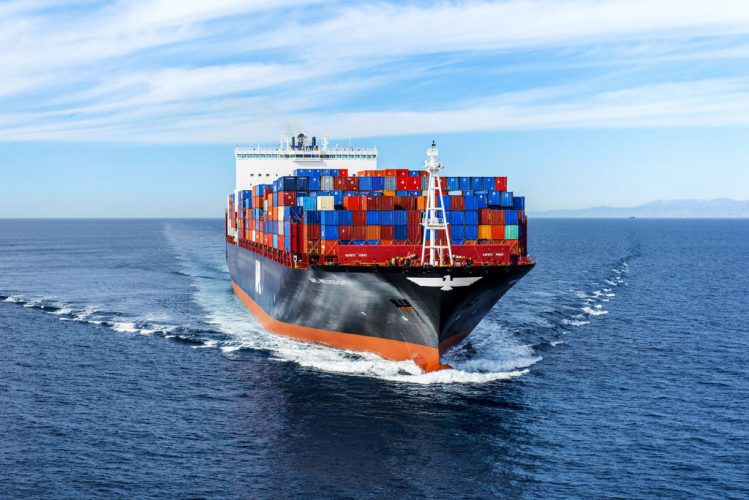BITTERSWEET REALITY: CHINA DOUBLES TARIFFS ON SUGAR IMPORTS
China said on May 22 that it will impose hefty penalties on sugar imports after a six month probe that began last year by the government at the request of domestic mills resulted in a finding that imports were seriously damaging its domestic market
 |
The ruling by the Chinese ministry of commerce will affect about one third of the annual sugar imports into the country and impose an extra tariff for the next three years on out-of-quota shipments.
China currently allows a quota of 1.94 million metric tons of imports at a tariff of 15% as part of its commitment to the World Trade Organization. It also imports an estimated additional out-of-quota three million metric tons a year for which the tariff imposed was 50%.
The duty on out-of-quota sugar imports will now raise effective this year from 50% to 95%, said the ministry and is a move aimed at stemming the tide of imports that began flooding the market in 2011.
After a year, the rate will fall to 90%; after two years, to 85%. The tax on the in-quota imports of 1.94 million tons will remain 15%, according to the ruling by the Chinese ministry.
The ruling exempted about 190 smaller countries and regions from the new duty including those producers such as the Philippines and Pakistan as well as Myanmar on its southern border.
China is the largest sugar importer in the globe, say leading industry analysts.
Chinese farmers and factories can produce roughly one-half of the country’s needs but because of antiquated technologies their costs are much higher making imported sugar more attractive due to its lower more competitive selling price.
In fact, it has been profitable to import and resell sugar even with 50% tariffs on out-of-quota sugar imports, said Charles Clack, a sugar analyst at Rabobank, adding that this tax increase is aimed at discouraging imports.
But traders said the higher tariffs will also likely spur increased smuggling across the Chinese porous southern border, while some imports from major producers may be shipped through third-party nations excluded from the tariffs.
The impact of the Chinese ruling on the Vietnam sugar segment is not clear, as Vietnamese experts have yet to fully weigh in on the issue, but it is expected by some industry analysts to be bittersweet news.
Nguyen Thanh Long, chair of the Vietnam Sugarcane and Sugar Association said local farmers and sugar producers are in much the same predicament as their Chinese counterparts as they use outdated technology that results in a much higher production cost when compared to Thailand and Cambodia.
He noted sugar and sugarcane production by Vietnamese farmers is approximately one-half of that in Thailand and Cambodia who produce 120 metric tons of sugarcane and 12 metric tons of sugar per hectare.
As a result, even at record soaring prices amid an ongoing sugar shortage in Vietnam, local farmers and producers aren’t profiting and many are still losing money and have been forced to shutter their doors and go out of business.
The price of sugar in Vietnam is roughly US$50 per ton, almost at par with the most expensive sugar in the world, while the price in Thailand and Cambodia is US$25 per metric ton.
This disparity in price has encouraged illegal imports of sugar into Vietnam by unscrupulous criminal enterprises.
As recently as last week the HCM City Market Management Department discovered 70 metric tons of smuggled sugar into a province in the Mekong Delta that housed inventories from both Thailand and Cambodia.
Beijing has been cracking down on such shipments from both Myanmar and Vietnam over recent months, helping push down overall imports as one of a series of steps taken to make sending exports there less appealing.
It is too early to know how the Vietnamese farmers and sugar mills will adapt to this latest move by Chinese officials, the doubling of import tariffs, or how they will adjust their commercial strategies but many analysts are already indicating the news is bittersweet.
Source: VOV
Source: http://customsnews.vn/






